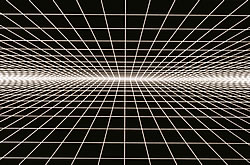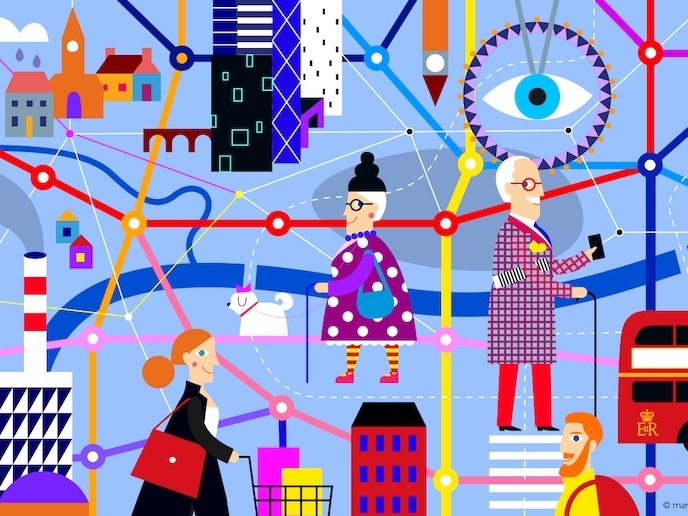ARTHURS table
The planning of any structure requires the cooperation of many groups of professionals. From architects to engineers to developers the design model has to be suitable for all. Current design practices use 3D images to create their models. This can range from CAD (computer aided design) in its simplest form to virtual reality theatres or CAVES (Cave Automatic Virtual Environments). ARTHUR can be viewed as a further development of CAVE. A CAVE is a room that has projection screens on all six walls. The architect or developer can enter into this virtual space and walk inside the design, getting an understanding of the location and size of the structures and how the whole thing works as an ensemble. To meet this end, stereo glasses must be worn by everyone in the room that allow their eye position to be monitored and the corresponding image to be projected to the appropriate location. ARTHUR has evolved beyond CAVE. Augmented reality instead of virtual reality is used which is a combination of computer images and real objects. Each user wears state of the art head mounted displays (HMDs). Through these HMDs the virtual objects are projected into the working area itself, thus removing the need for a specific room as with CAVES, allowing meetings to take place around the design table. The key feature of the system however is that real objects can be used to represent these virtual objects. The HMDs and other computer vision techniques such as fixed cameras allow real objects to be moved and tracked without being attached to cables or sensors. In this way a building, represented by a pen for example, can be moved by a user and the result instantly viewed. Users can also see each other's eyes during the session, which is vital for successful teamwork. The components are all lightweight and portable, allowing the system to be used anytime-anywhere. Alterations are viewed instantly, reducing design times and spending. The result is obvious; ARTHUR can bring immeasurable benefits to all areas of planning.







